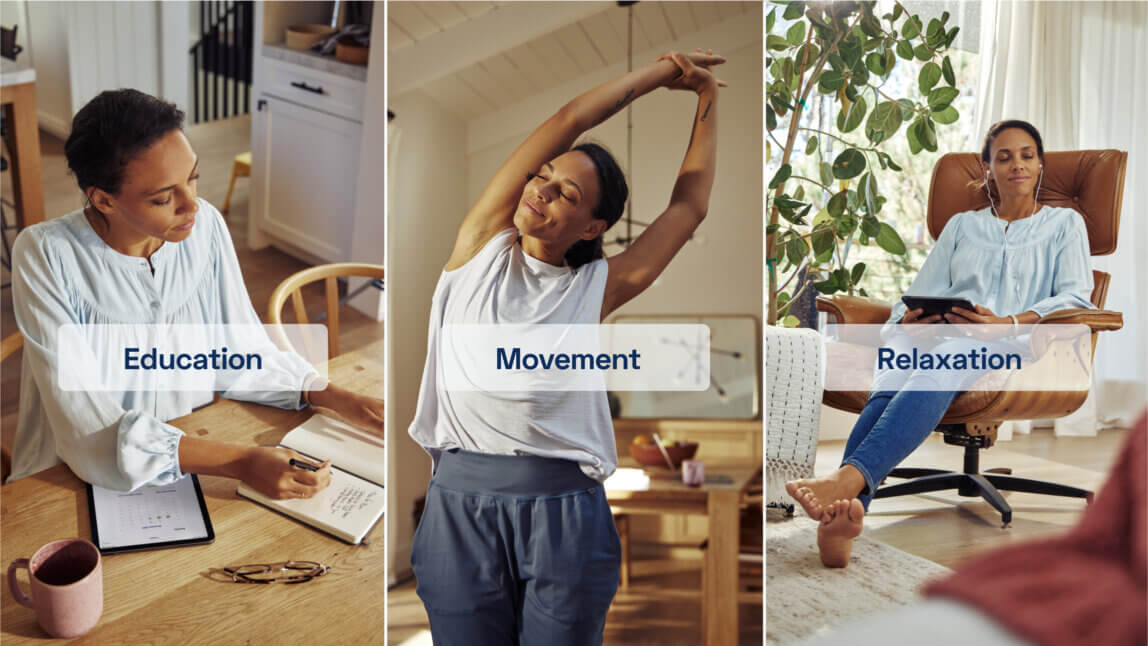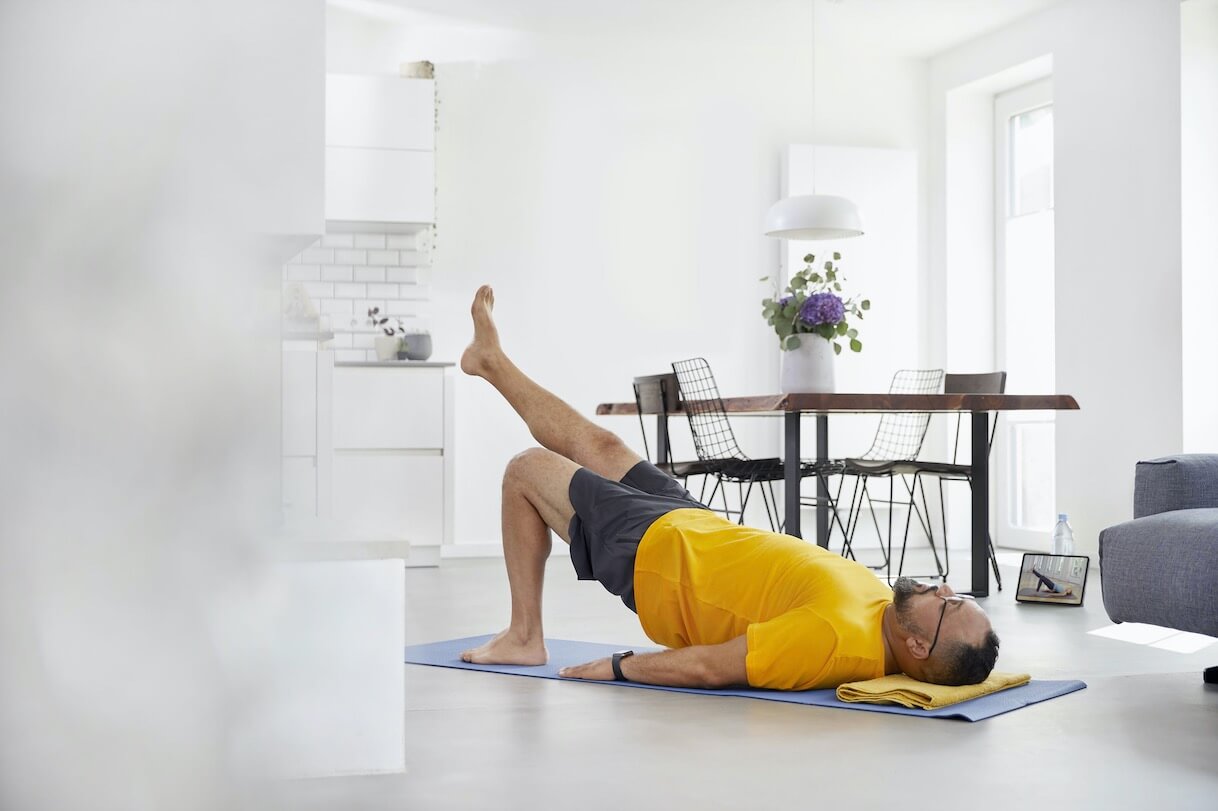
10 Tips for Finding Calm in Chaos
These 10 tips will help you find moments of calm amidst the chaos and keep your mind and body in check, no matter what life throws your way.
5 min read

Further Reading
-
 To address the bio-psycho-social factors that contribute to chronic low back pain and lower MSK spend, HCPs and benefits providers are leaning into multimodal rehabilitation.4 min read
To address the bio-psycho-social factors that contribute to chronic low back pain and lower MSK spend, HCPs and benefits providers are leaning into multimodal rehabilitation.4 min read -

Finding Balance: Is it Time to Rebalance your Healthcare Benefits?
When’s the last time you rebalanced your 401k? Financial planners recommend rebalancing at least once a year to minimize risk, maximize return and make sure you stick to your investment strategy goals.5 min read -

Accountability & Evidence: Setting a High Bar for DTx Solutions
Chronic disease makes up a major portion of the total healthcare spend in the U.S. and globally, driving the development of increasingly advanced, AI-supported digital therapeutic solutions for chronic disease managment.3 min read